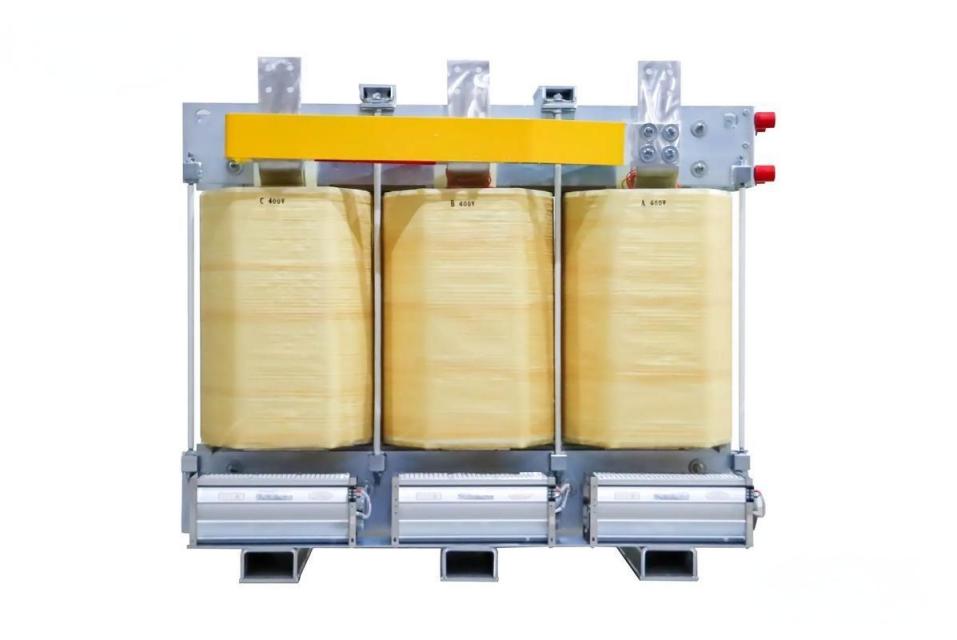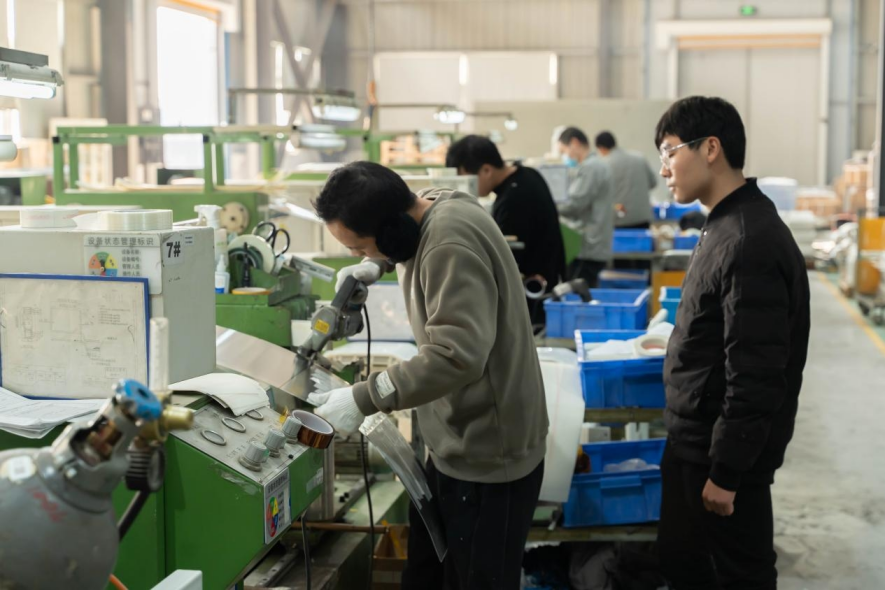In the era of renewable energy, the demand for efficient and sustainable power solutions has never been higher. Solar energy, in particular, has emerged as a frontrunner in the quest for clean and renewable power sources. As the solar industry continues to grow, there’s a pressing need for innovations that can optimize energy generation, distribution, and utilization. In this context, the role of solar transformers becomes paramount.

The Technological Marvel: Solar Transformer Unveiled
1. Innovative Design and Functionality
Solar transformers, engineered to meet the unique requirements of solar power systems, represent a significant technological advancement in the realm of energy infrastructure. These transformers are specifically designed to facilitate the integration of solar energy into existing power grids seamlessly. With advanced features such as bidirectional power flow capability and enhanced efficiency, solar transformers play a pivotal role in harnessing solar energy and maximizing its utilization.
2. Components and Construction
At the heart of every solar transformer lies a sophisticated array of components meticulously assembled to ensure optimal performance and reliability. High-grade materials, coupled with precision engineering, contribute to the durability and efficiency of these transformers. Innovative cooling mechanisms, such as liquid-immersed systems or advanced air-cooling techniques, help maintain optimal operating temperatures, further enhancing the longevity of the equipment.
3. Integration with Smart Grids
In an increasingly digitized world, the integration of solar transformers with smart grid technology has become imperative. These intelligent transformers leverage cutting-edge automation and monitoring capabilities to enable real-time data analysis, predictive maintenance, and seamless grid management. By facilitating bidirectional communication between utility providers and end-users, smart solar transformers pave the way for a more resilient and adaptive energy infrastructure.
Advantages Across Diverse Projects
1. Utility-Scale Solar Farms
In utility-scale solar farms, where large-scale solar arrays generate vast amounts of electricity, solar transformers play a crucial role in stepping up the voltage for efficient long-distance transmission. By minimizing power losses and ensuring voltage stability, these transformers enable the seamless integration of solar power into the grid, thereby bolstering the overall reliability and performance of the solar farm.
2. Commercial and Industrial Installations
In commercial and industrial settings, where energy consumption patterns vary significantly throughout the day, solar transformers help optimize energy distribution and mitigate grid congestion. By dynamically adjusting voltage levels and reactive power flow, these transformers ensure a steady and reliable power supply, thus reducing operational costs and enhancing energy resilience for businesses and industries.
3. Residential Solar Systems
For residential solar installations, where rooftop solar panels serve as a primary source of electricity, solar transformers play a critical role in grid-tie inverters. These transformers facilitate the safe and efficient transfer of power between the solar panels, the grid, and the household appliances. By synchronizing the phase and frequency of the alternating current, solar transformers ensure seamless integration with the existing electrical infrastructure, enabling homeowners to maximize their energy savings and reduce their carbon footprint.
Functionality and Design
1. Transforming Solar Energy
At its core, a solar transformer is responsible for stepping up the voltage of the electricity generated by solar panels to levels suitable for transmission through power lines. Solar panels produce direct current (DC) electricity, which must be converted into alternating current (AC) for efficient distribution. This conversion process is achieved through inverters, with solar transformers playing a crucial role in adjusting voltage levels and ensuring the quality of the electricity supplied to the grid or end users.
2. Design Considerations
The design of a solar transformer must account for the unique characteristics of solar power generation, including fluctuations in sunlight intensity and varying output from solar panels. Robust construction and insulation are essential to withstand outdoor conditions and temperature variations, ensuring reliable performance over the lifespan of the transformer. Additionally, features such as high efficiency and low maintenance requirements are paramount to maximize energy conversion and minimize operational costs.

3. Integration with Grid Infrastructure
Solar transformers are typically interconnected with the broader electrical grid, enabling the seamless integration of solar energy with conventional power sources. Bidirectional power flow capabilities allow excess electricity generated by solar panels to be fed back into the grid, offsetting demand or generating revenue through feed-in tariffs. Advanced grid management systems may also utilize data from solar transformers to optimize energy distribution and balance supply and demand in real time.
Innovative Solutions from Shinenergy
1. Advanced Technology Integration
As a leading manufacturer of solar transformers, Shinenergy is committed to delivering cutting-edge solutions that meet the evolving needs of the renewable energy industry. Through continuous research and development, Shinenergy integrates advanced technologies such as digital monitoring systems, predictive maintenance algorithms, and grid optimization software into its transformer designs. These innovations enhance performance, reliability, and efficiency, setting new standards for the industry.
2. Customized Solutions for Diverse Applications
Shinenergy understands that every solar project is unique, with specific requirements and challenges. That’s why the company offers customized solutions tailored to the needs of its customers. Whether it’s a utility-scale solar farm, a commercial rooftop installation, or a residential solar system, Shinenergy works closely with clients to design and manufacture transformers that optimize energy output, minimize losses, and ensure long-term reliability.
3. Commitment to Quality and Sustainability
Quality and sustainability are core principles at Shinenergy, reflected in every aspect of its operations. From sourcing raw materials to manufacturing processes and product testing, stringent quality control measures are implemented to uphold the highest standards. Shinenergy also prioritizes environmental sustainability by adopting eco-friendly practices and promoting energy efficiency throughout its supply chain. By investing in renewable energy technologies, Shinenergy demonstrates its dedication to a cleaner, greener future.
Wholesale Customization: Tailoring Solutions for Your Needs
1. Understanding Your Requirements
When it comes to sourcing solar transformers for your projects, one size does not fit all. That’s why partnering with a reputable manufacturer like Shinenergy can make all the difference. By understanding your specific requirements, Shinenergy can tailor custom solutions that meet your exact specifications, whether you’re looking for utility-scale transformers for large solar farms or compact transformers for residential installations.
2. Collaborative Design Process
At Shinenergy, collaboration is at the heart of everything we do. Our team of experienced engineers works closely with clients to conceptualize, design, and prototype solar transformers that align with their project objectives and technical constraints. By leveraging state-of-the-art design tools and simulation software, we ensure that every aspect of the transformer meets the highest standards of quality and performance.
3. Quality Assurance and Testing
Quality is non-negotiable at Shinenergy. Before any solar transformer leaves our facility, it undergoes rigorous testing and validation to ensure compliance with industry standards and customer expectations. From thermal performance testing to electrical insulation testing, we leave no stone unturned in our quest for excellence. By adhering to strict quality control protocols, we guarantee that every solar transformer bearing the Shinenergy name is built to last and perform flawlessly under the most demanding conditions.

Conclusion: Empowering the Solar Revolution
As the world transitions towards a cleaner and more sustainable energy future, the role of solar transformers in enabling the widespread adoption of solar power cannot be overstated. From utility-scale solar farms to residential rooftop installations, these transformers serve as the backbone of the solar infrastructure, ensuring efficient energy generation, distribution, and utilization. With the expertise and innovation of manufacturers like Shinenergy, the solar revolution is well and truly underway, empowering communities and industries to embrace the power of the sun like never before.

